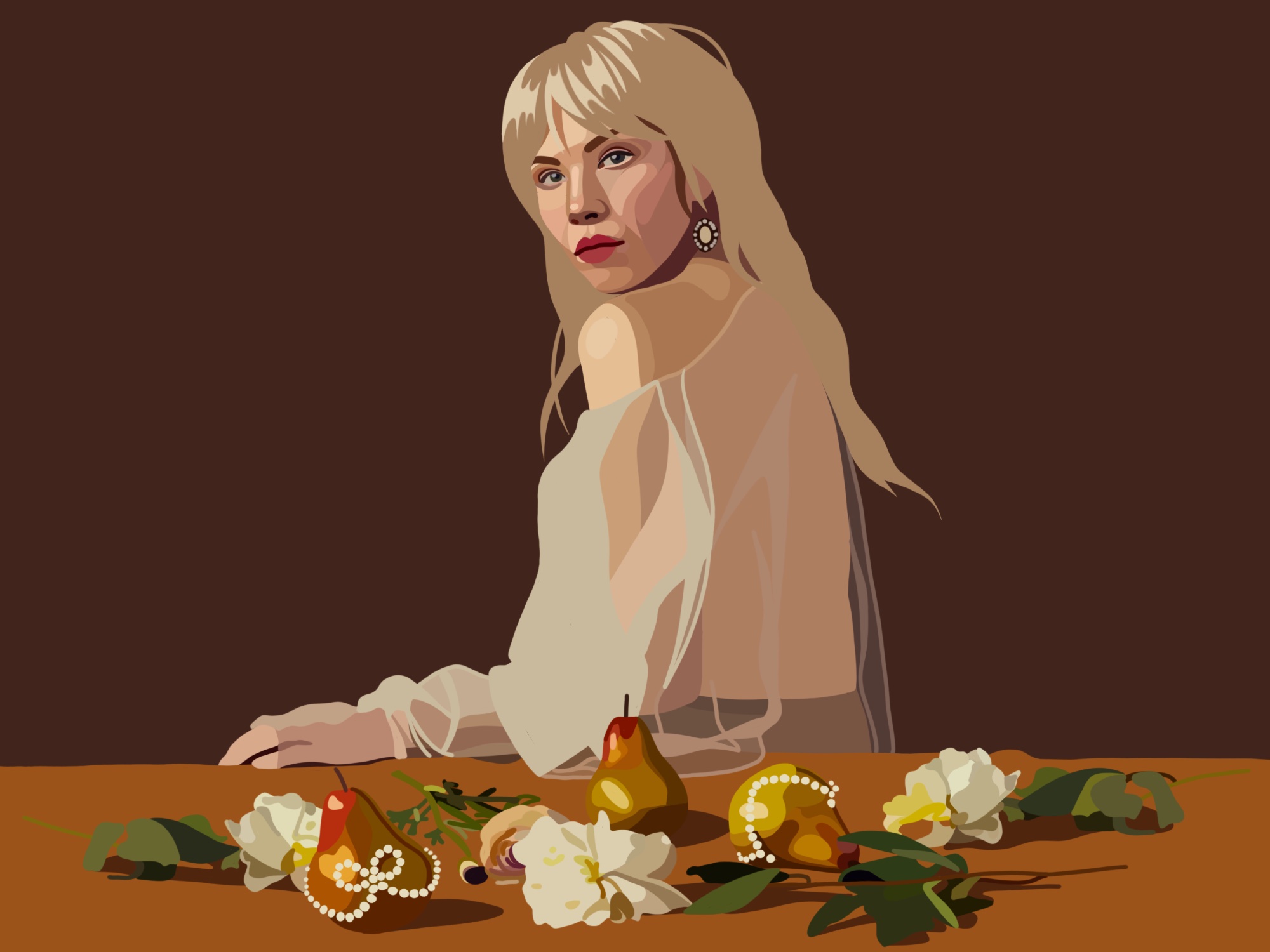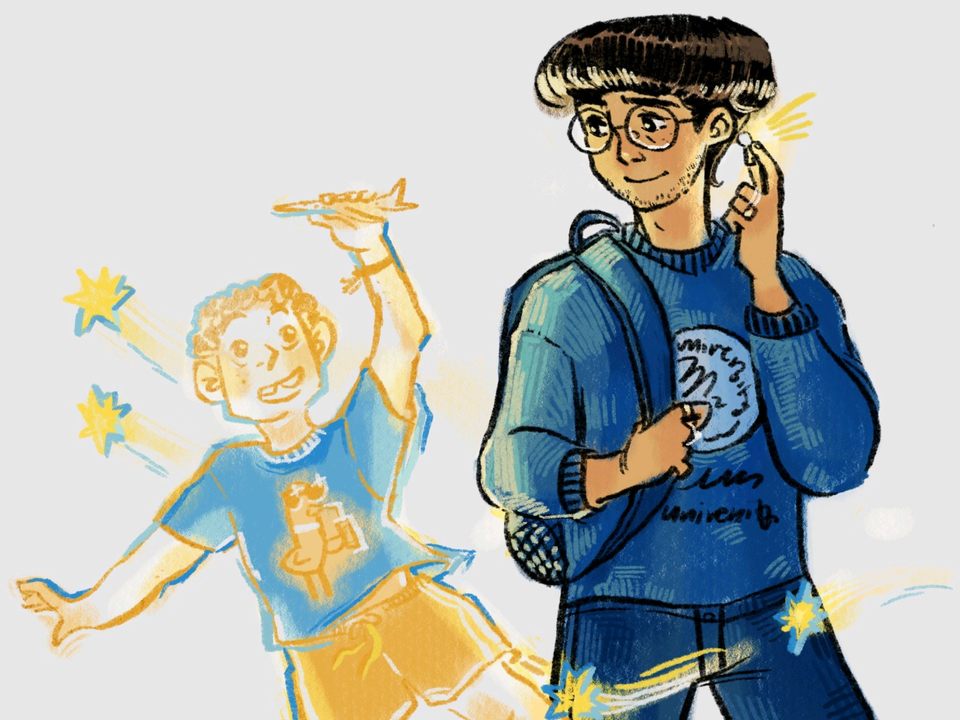It’s been 13 years since Carly Rae Jepsen launched her hit song “Call Me Maybe,” and she attempted to break out of her one-hit-wonder reputation with the release of her studio album “The Loneliest Time.”

The only problem? It was released on October 21, 2022 — a date that would forever cast a shadow on the album’s potential.
Thanks to the two’s shared release date, Taylor Swift’s “Midnights” dominated the charts, leaving Jepsen in the dust. That being said, I still truly believe that while Swift may have won chart-wise, Jepsen’s album displays a level of mastery that is unmatched by “Midnights”.
Before going into what makes the album so great, I have to address my biggest gripe with it—its lack of cohesion.
I think that when crafting an album, there are two avenues to explore when trying to make the project sound congruent. You can either have the songs sound sonically symmetrical or thematically.
I think a good example of the two would be Alvvays’ “Blue Rev” and Beyoncé’s “Lemonade” respectively; both are distinctly cohesive in thematic and sonic ways, respectively. “The Loneliest Time,” on the other hand, comes off pretty jumbled in both its thematic and sonic landscape.
While I largely enjoy the tracks with one glaring exception that I’ll delve into later, the whiplash between the tracks is extremely jarring. This isn’t immediately apparent with the couple songs of the album, but the transition from the sixth to the seventh track, “Beach House” to “Bends,” is especially stark.
“Beach House,” the track that I had previously alluded to, isn’t just my least favorite song on the album, but might just be one of my least favorite songs of all time. While I can always appreciate a saccharine tune, I think it crosses the line from mindless fun into an eye-rolling dullness.
The song is about Jepsen’s experience with dating apps during quarantine; however, rather than exploring the potentially fecund feelings of solitude and isolating feelings that may come with this, Jepsen writes detailed recollections of the boys that she’s speaking of.
While I think that this avenue could be super interesting in concept, in practice with lines like “Boy number one made a picnic for two / Saw he was nervous, I thought it was cute / Until I found out that his mom made the food / It was good though,” the verses come off far too simple and a little unoriginal.
So, the direction of the following track, “Bends” comes off as especially confounding. I’d argue that nowhere on the album is the inconsistency between emotion and quality more apparent.
From one of my least favorite songs ever to one I’d count within my favorites of all time, “Bends” is a quiet meditation on the passing of a member of Jepsen’s while on vacation in Mexico. Focusing on the passage of grief into acceptance, Jepsen weaves us into this tapestry of her landscape while trying to process these feelings.
I think that part of the magic of the song is the subversion of the usual depiction of grief. Rather than being a violent or bitter song, Jepsen shows us the calm that comes after the initial sucker punch.
The pre-chorus displays this tranquil expression of her incredulousness by saying “It’s too late for that flight / To see you, how can this be life? / How can this be life?”.
But even in this bleak moment of disbelief, the chorus comes in to show the unending optimism that is so emblematic in her music, saying “I can feel the sun on you / Warm me up the way you do / After all the clouds have dried / Here’s a jar of tears I’ve cried / Keep it in a sacred place / Hold me in your humble grace / ‘Cause I can feel the darkness sometimes too”.
While I think this inconsistency and lack of flow follows into the rest of the album, with the momentum of the disco inspired “Shooting Star” being immediately halted by the torpid feeling of the subsequent “Go Find Yourself or Whatever,” the transition from “Bends” into the lead single, “Western Wind,” is the most beautiful and well-constructed song of the album.
The two songs work perfectly together to create this thematic and sonic ebb and flow, with “Bends” being the melancholic recession and “Western Wind” being this equally peaceful but upbeat rise. In the first verse and the chorus, we see the connection between her love for California and her love for her partner.
This exultation for the state also provides a connection to her previous album’s closing track “Now I Don’t Hate California After All.” We’re shown the power of Jepsen’s sentimentalism from a mere lack of hatred to a full fledged ode to the state.
On the sonic side, the track is a bit of an outlier from the rest of her discography, with a more acoustic and striped back sound Jepsen moves away from her usual dance pop roots to create a beautiful ballad that’s just as light and airy as the title would suggest.
The relationship between “Bends” and “Western Wind,” both focusing on looking back at relationships and sharing the nature motifs, help to give some structure to the scattered album.
While I’ve complained about how disjointed the album comes across, I have to say that the quality of the individual songs outweighs this tenfold. Part of the issue of trying to impart what makes “The Loneliest Time” such a great pop album is that you have to explore each song individually, rather than being able to discuss its value as a unit.
While the balance of the more slow-paced and peaceful tracks, like “Far Away,” with the more upbeat dance hits like “Surrender My Heart” may make for a pretty lopsided listening experience, the album as a whole benefits from this diversity by having a song to help pull just about anyone out of their loneliest time.
To sum it all up, here are my final remarks:
Stand-outs: “Bends,” “Western Wind,” “Bad Thing Twice,” “Talking to Yourself,” “Far Away,” “The Loneliest Time,” “Surrender My Heart” and “Anxious.”
Least favorite: “Beach House.”





















































































































